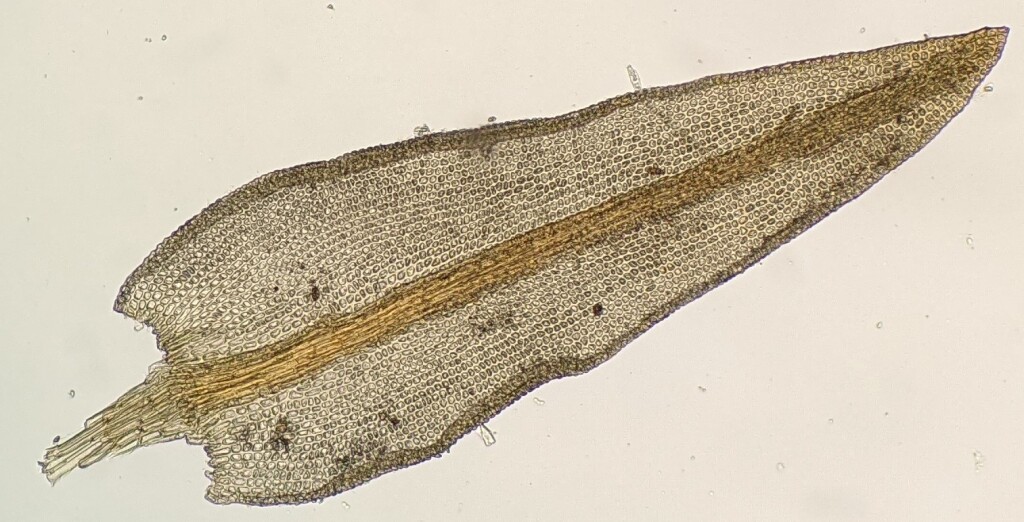Geheebia
Dioicous. Asexual reproduction by rhizoidal tubers (not in Victoria). Turves or cushions on soil or rock. Stems simple or with occasional or irregular branching, glabrous or with sparse rhizoids; central strand present; sclerodermis present; hyalodermis absent. Leaves ovate to lanceolate or lingulate, wide-spreading, recurved (not in Victoria) or squarrose (not in Victoria) when moist, appressed or erect-spreading, incurved and sometimes contorted when dry, decurrent; apex rounded, obtuse, acute or acuminate (not in Victoria); costa subpercurrent, percurrent or short-excurrent (not in Victoria) as a mucro, with quadrate (not in Victoria) to elongate adaxial superficial cells, without a differentiated adaxial epidermis, with an adaxial stereid band, without a hydroid strand, with an abaxial stereid band, with a weakly differentiated abaxial epidermis, with quadrate to short-rectangular abaxial superficial cells; margin entire, plane or recurved, without a border; laminal cells in apical half quadrate, subquadrate, ovoid or hexagonal, uni-, pluripapillose with simple or bifurcate (not in Victoria) papillae or smooth, unistratose, with a red, orange-brown or yellow-brown KOH reaction; basal laminal cells extending further along costa or scarcely differentiated, quadrate to rectangular. Acrocarpous. Capsule erect or slightly inclined, straight, ellipsoid to cylindric, exserted, operculate, with an annulus. Calyptra cucullate. Operculum conic or rostrate. Peristome absent, rudimentary or of 16 straight or twisted (not in Victoria) teeth, divided to near base.
Eleven species in temperate to tropical regions of the world (Jiménez et al. 2021); one species in Victoria.
Geheebia was previously included in Didymodon, which in its narrower circumscription is not present in Victoria. Phylogenetic analyses of chloroplast and nuclear DNA sequences revealed that some well-established and distinctive genera, such as the Victorian Tridontium, were closer related to some lineages of the broadly circumscribed Didymodon than these Didymodon lineages were to some other Didymodon lineages (Jiménez et al. 2021). Consequently, this former and more broadly circumscribed Didymodon is now separated into several genera, including Geheebia.
 Spinning
SpinningJiménez, J.A.; Cano, M.J.; Guerra, J. (2021). A multilocus phylogeny of the moss genus Didymodon and allied genera (Pottiaceae): Generic delimitations and their implications for systematics. Journal of Systematics and Evolution.
